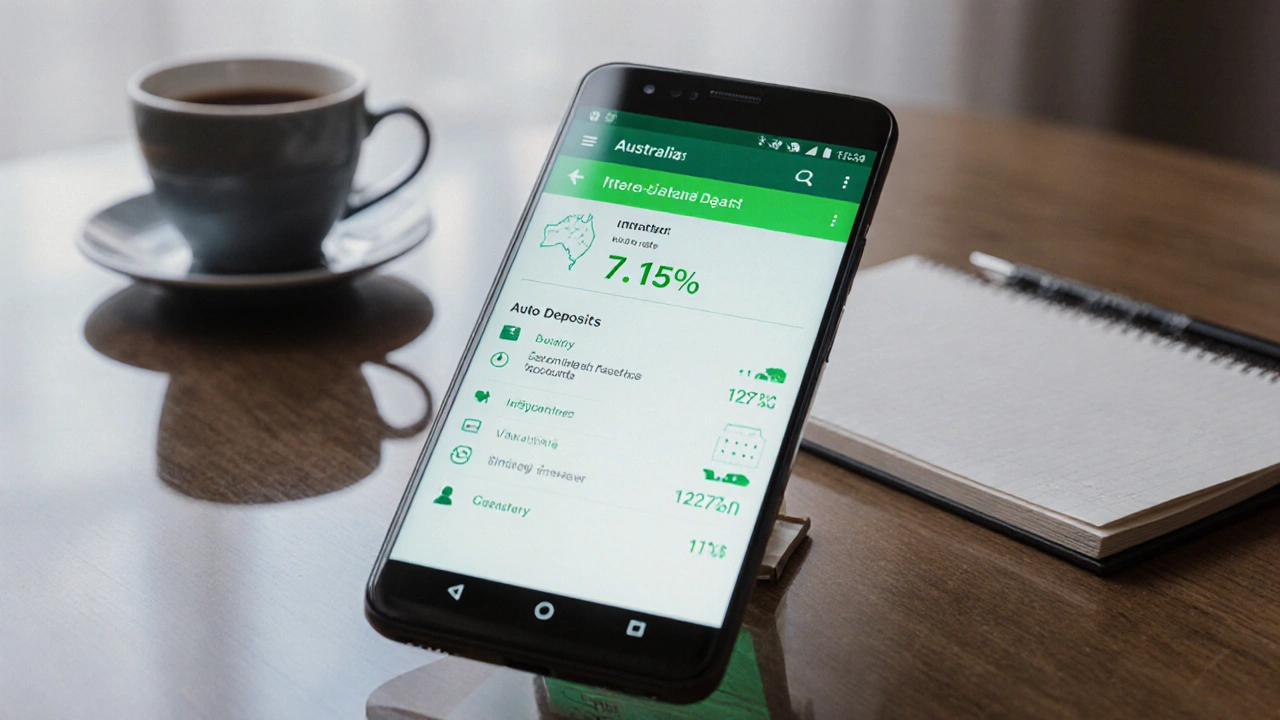High Interest Savings – Find the Best UK Rates Today
Looking for a place where your cash actually grows? High‑interest savings accounts are the shortcut most people overlook. They offer rates well above the typical 0.5‑1% you see on everyday accounts, and that extra percentage can add up fast.
Before you jump in, understand what makes an account “high‑interest”. It’s not just a flashy marketing number; it’s the annual percentage yield (APY) you earn after compounding. The higher the APY, the more your balance compounds each month, which means more buying power later.
What Makes a Savings Account “High‑Interest”?
Two things matter most: the headline rate and the conditions attached. Some banks advertise 7% rates, but they only apply to a limited amount of cash or for a short promotional window. Others require you to lock money away for a fixed term, like a 12‑month fixed‑rate saver.
Read the fine print. Look for:
- Maximum balance that qualifies for the top rate.
- Whether the rate is fixed or variable.
- Any monthly deposit requirements.
- Early withdrawal penalties.
When a product checks all these boxes, you’ve found a true high‑interest opportunity.
Where to Look for the Top Rates
Start with the big UK banks that regularly update their savings offers – think Nationwide, Lloyds, and Barclays. Then scout challenger banks and fintech firms; they often use higher rates to attract new customers. Don’t forget credit unions and building societies – they can surprise you with competitive figures.
Use comparison sites, but treat them as a starting point. Pull up the official bank pages and verify the APY, because some aggregators show outdated numbers.
For example, recent articles on our site highlighted accounts that actually hit 7% interest, but only for balances under £1,000 and for a three‑month intro period. If you can meet those limits, you can lock in that rate without sacrificing liquidity.
Another tip: consider “cash ISAs” that combine tax‑free status with high rates. The best ISA interest rates in 2025 were around 5%, still higher than most regular accounts and you won’t pay tax on the interest earned.
Once you’ve narrowed down a few options, compare them on three practical axes:
- Rate after conditions: What do you earn if you keep the minimum balance for a full year?
- Access: Can you pull money out without a fee?
- Reputation: Does the provider have solid customer service and a clear complaints process?
Signing up is usually a quick online process, but keep a screenshot of the advertised rate and the date you opened the account. If the rate changes unexpectedly, you’ll have proof to contest any unfair adjustments.
Finally, treat high‑interest savings as a tool, not a cure‑all. It’s perfect for emergency funds, short‑term goals, or cash you don’t need to invest in stocks yet. For longer‑term wealth building, blend it with other vehicles like ISAs, pensions, or diversified portfolios.
In short, the best high‑interest savings account is the one that matches your balance, your need for access, and your tolerance for promotional limits. Keep an eye on the market, review your accounts every six months, and move money when a better rate appears. Your savings will thank you.
Which Banks Are Offering 7% Interest on Savings Accounts in 2025?

In 2025, only a few digital banks in Australia offer 7% interest on savings accounts-but it comes with strict conditions. Learn who's offering it, how to qualify, and what happens after the promo ends.
Read More >>Where Can I Get 8% Interest on Savings? ISA Accounts in 2025

Is 8% interest realistic for savings in 2025? This article cuts through the hype, showing where such rates exist, the pros and cons of chasing them, practical safety tips, and the role of ISA accounts in getting the most from your money. Expect honest advice, clear facts, and answers to all the questions you didn't know you had about high-interest ISA offers. We'll tackle traps to avoid, and simple pointers for growing your savings without nasty surprises.
Read More >>